
How To Dry Potatoes For Slices – Easy

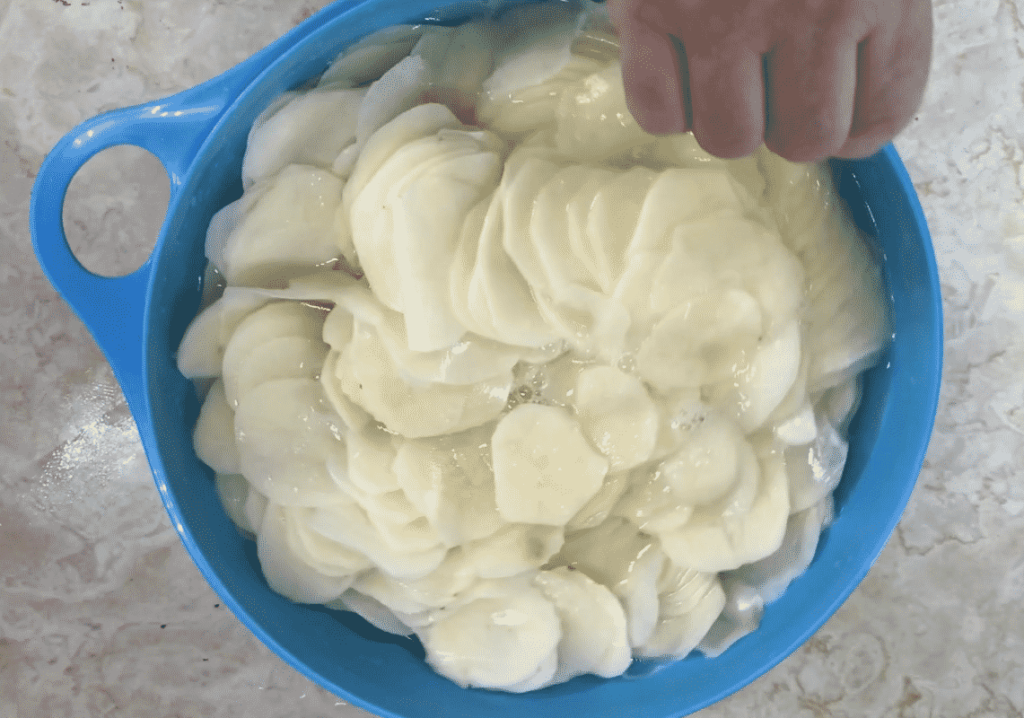
How To Dry Potatoes
Seriously, it's your choice, you can pay dollars for boxes of dehydrated potato slices, or you can learn how to dry potatoes for slices yourself for just pennies. Have you ever tried it? With the right equipment, it is so easy to do.
How many types of dehydrated potatoes are there on the shelves at the grocery store? They come in a multitude of versions, with multiple brands of each. The obvious ones include Scalloped or AuGratin Potatoes. Other common varieties include hashbrowns and mashed, but the list goes on.
Not only can you learn how to dry potatoes for slices, but you can also dehydrate any other type you can buy in the store as well.
Have you ever stopped to think about what you're spending your hard-earned money on when you purchase those boxes of almost prepared potato dishes? Sure, they're convenient, and they certainly seem cheap enough, only a few dollars a box.
The truth is you are paying a few dollars for a few pennies worth of potatoes and "maybe" a tablespoon or two of flour, starch, and seasoning.
Discover How To Dry Potatoes Myself

You certainly can teach yourself how to dry potatoes for sliced potatoes, and if truth be told, when you dehydrate potato slices, shreds, chunks, and even tiny chips, regularly at home, it changes everything as far as your food supply goes.
When you have a good supply of dehydrated foods in your pantry ready to go, they are every bit as convenient and probably even more so than any of those little boxes or packets you're going to find in the store. As a bonus, they become far less expensive as well.
As for convenience? Is it more convenient to learn how to dry potatoes for slices and scoop some out of a storage container when you need them? Or go to the store because you realized you were out of what you wanted for dinner?
As for cost? You already know the potatoes in the 10-pound bag are cheaper than the same potatoes in the 5-pound bag, but how many times have you tossed old rotting potatoes in the trash because you had too many?
So what happens? You end up buying less and paying more to keep from throwing the extra away.
Or you could learn how to dry potatoes for sliced potatoes at home and save some money by purchasing a large bag. You then save money a second time because you're not tossing out old potatoes. Instead, you dehydrate potato slices right away when you buy the new bag.
Then, you save even more money because you can stop buying potatoes every time you go to the store. No need, since you dehydrate potato slices, you end up with gallons of dehydrated potatoes.
Once you learn how to dry potatoes you can dry potatoes for sliced, diced potatoes, and shredded potatoes and keep them in my pantry all the time. They're incredibly versatile and can be used to make everything from Scalloped or Au gratin potatoes to soups and stews. You can even use them for fried potatoes.
Are you wondering how to dry potatoes for slices in bulk along with so much other food? Of course, you can use your oven or any style dehydrator. If you're going to do this regularly and you want to make dehydrating an easy part of your daily routine, I would highly recommend a quality dehydrator along with a few other tools.
How To Use Dehydrated Potato Slices
You can learn how to dry potatoes for slices and use them in pretty much anything that requires potatoes. You can rehydrate them while baking like you do when using that box of Augratin potatoes from the store or right in a soup, stew, or even a pot roast. The possibilities are endless.
If you learn how to dry potatoes for slices and have a container filled with them and then have a few seasonings in your pantry, you can recreate any of the boxed potato dishes you'd find in the store and so many more.
- Au gratin Potatoes
- Scalloped Potatoes
- Fried Potatoes
- (Even) Potato Chips
- Loaded Potato Slices
- Baked Garlic Potato Slices
- Cheesy Bacon & Ranch Potato Slices
- And More
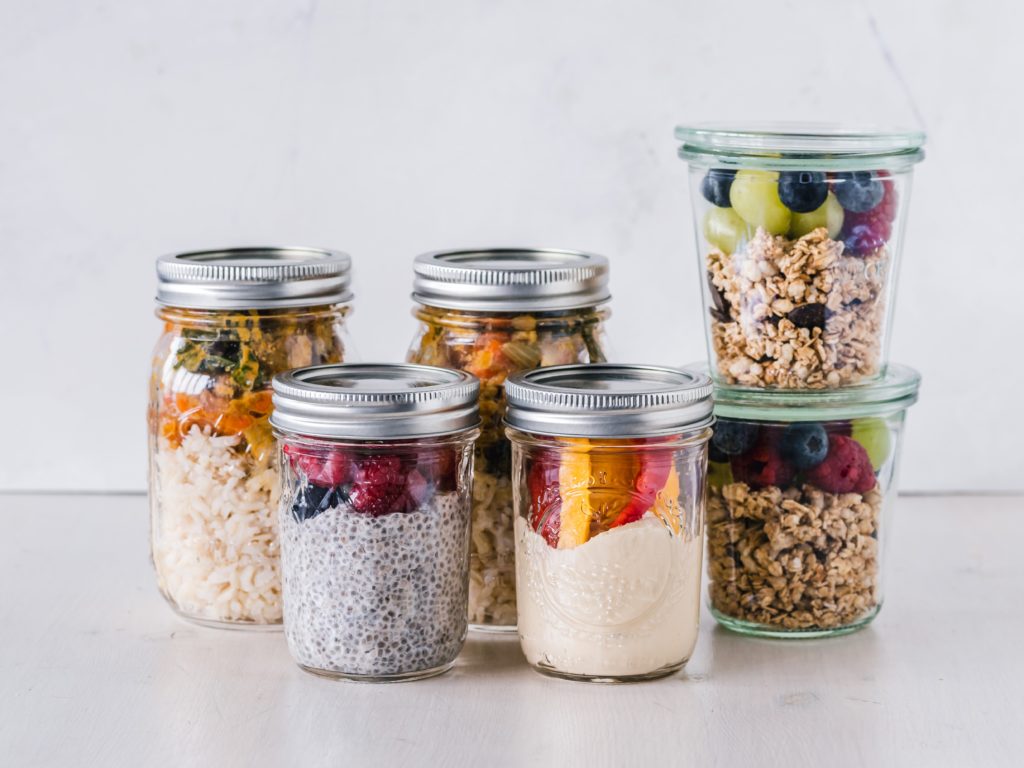
Share The Love
When you learn how to dry potatoes for sliced, diced, and more, among other things, you can create gifts that are uniquely you. Add your blend of seasonings, along with the dehydrated potato slices, and a recipe card, to a mason jar decorated up for the occasion.
It's easy to do, and you can rest assured no one else will be bringing the same gift.
While bringing a kettle of water to boil, peel and wash your potatoes. The number of potatoes will depend on the number of slices your dehydrator can handle per tray and the number of trays you have.
Fill a bowl or a clean sink with cold water. You can use a knife, but the more even the slices, the more even the drying. To dehydrate potato slices, I would recommend a slicer of some sort, such as a mandoline. Slice your potatoes about a quarter of an inch thick and place the potato slices in the cold water to prevent browning. (I usually cut mine just a bit thinner than that)
Once your water is boiling, place the sliced potatoes into the kettle and cook until tender but not soft or mushy. A wooden skewer works well for testing. If it pokes through the potato, you're good to go.
Once cooked through, use a slotted spoon or scoop to remove them and place the hot potatoes into a bowl or sink full of ice-cold water to stop the cooking process. Let them cool completely before moving on to the next step.
Drain your cold potato slices completely and arrange them into a single layer onto your dehydrator trays. I have ten trays in my dehydrator, so when I want to dehydrate potato slices, I can do quite a few at a time.
Set your dehydrator between 125ºF and 150º, and run for 8 to 12 hours. Dehydrator brands, styles, and humidity levels vary and will affect drying time. When you dehydrate potato slices, they should be dry and crisp. If still soft or moist in any way, continue the process until they are dry.
Now that you have learned the secret of how to dry potatoes in bulk for slices, Place them into an air-tight container and keep them in a cool place out of direct sunlight. You can use mason jars for this. If you are, storing sliced potatoes in bulk, you may find it more practical to use food-grade buckets with gamma seals.
Of course, humidity and temperature can affect the storage life of your dehydrated potatoes. Under the right conditions, however, in an air-tight container, the shelf life of your potatoes should be from 5-10 years.
Need Another Reason To Dehydrate Foods?
The Shelves Were Empty
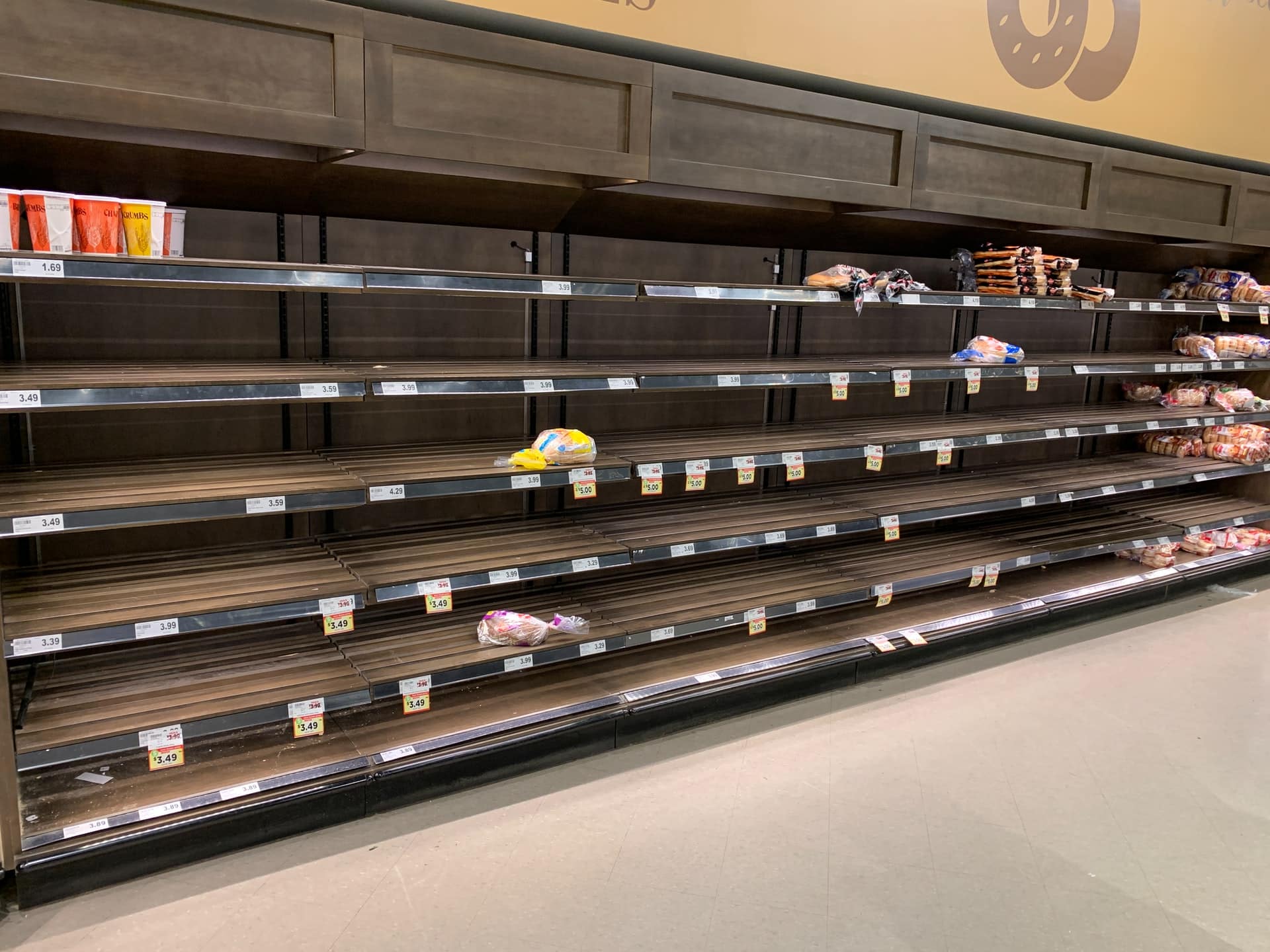

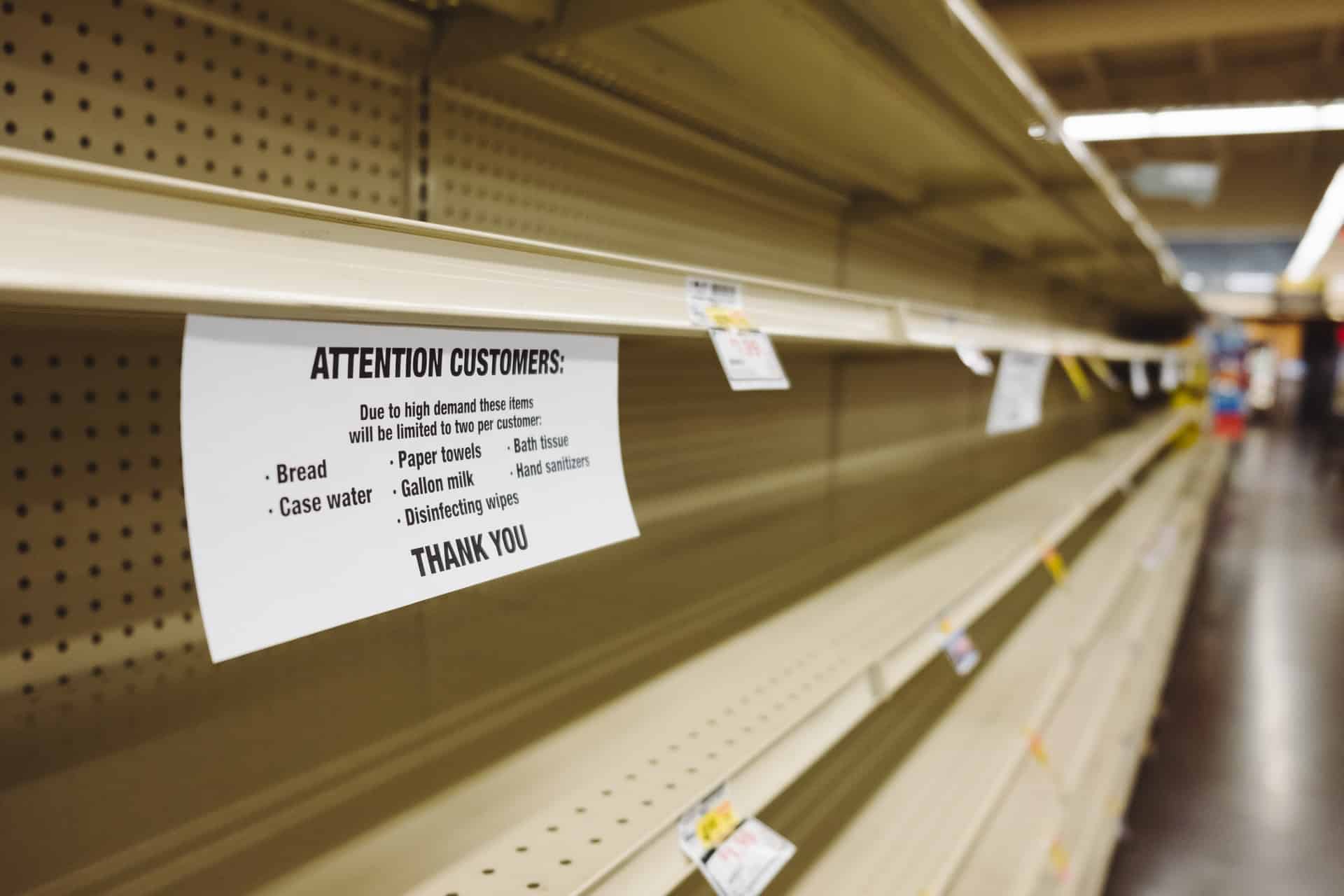
Learning how to dry potatoes is just the beginning. The pandemic wasn't all that long ago and to many people's surprise, it wasn't just a few things that came up missing.
Panic buying during the Coronavirus Pandemic in 2020 caused shortages in The United States of America among other nations of everything from toilet paper to common sense. Canned goods, dried foods, meat, bread, and even pet food began vanishing from grocery store shelves quicker than Jimmy Hoffa after an ill-fated lunch.
It didn't stop there either. Many things like bleach, rubbing alcohol, hydrogen peroxide all became difficult to find. In some cases, impossible.
The scariest part of it all was not the rumors, the ever-shifting blame game, or even the censorship of our own words by social media companies across the free world.
The scariest part is, we know sooner or later, not only will it happen again, it will more than likely be even worse.
The Least Affected
Were The Well Prepared
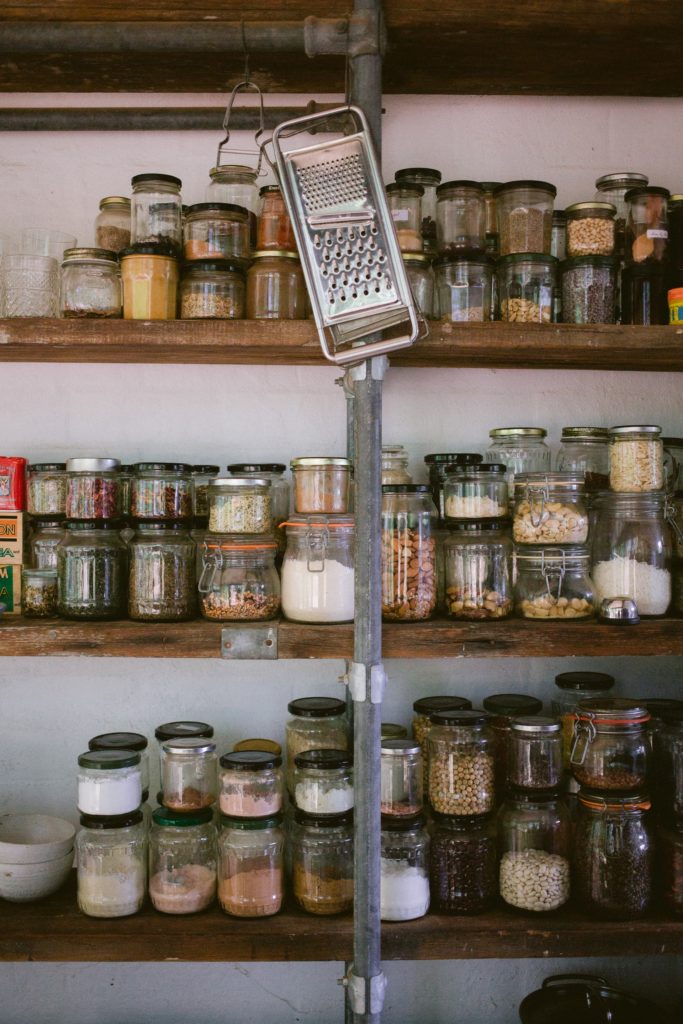
Before the pandemic, many people considered the whole prepper thing a fad. History, however, tells quite a different story, and after the pandemic, the idea of becoming a prepper has gone mainstream.
The prepared ones were not the ones looking for bags of pasta. They weathered the storm by opening their well-stocked pantries and storerooms filled with staples, canned goods, dehydrated foods, toilet paper, and napkins. They already knew how to dry potatoes and relied on their forward-thinking, well-laid plans, just like grandma and grandpa did before we started shopping in supermarkets on practically a daily basis.
Store-Bought Convenience Is More Expensive Than You Think
There is always a trade-off between cost and convenience. Store-bought convenience puts food inc in the driver's seat, and in the name of profit, they add ingredients you would never add to the food you prepare for your family.
Add the words no artificial preservatives, and the salt content goes up. Telling us it's fat-free usually means more sugar, no salt added, and often means other preservatives were.
Of course, if you learn how to dry potatoes and other food items yourself, you would be in control of all of these ingredients. The trouble is making these things yourself may seem anything but convenient.
My question is, why isn't it convenient? We build skyscrapers, fly around the world, launch people into space, and we've even walked on the moon, but we can't make cooking homemade convenient. There's only one reason this could be. Homemade convenience is not where the money is for corporations.
Dehydrating Should Be A Daily Routine
Dehydrating at home is not only an excellent way to learn how to dry potatoes, but a great way to preserve fruits, vegetables, and with care, even meat. When stored in an air-tight container, dehydrated foods can stay in a cool, dry place, out of direct sunlight for years. Your needed storage space becomes dramatically reduced, and the food weighs a fraction of what it did before dehydration. Better still, there is no refrigeration required making them perfect for long-term storage, camping, backpacking, and so much more.
There are some excellent dehydrators available on the market today that will not only make it easier to learn how to dry potatoes for sliced potatoes regularly but do a great job of learning how to preserve your food they'll make it easy to do regularly.
A truly useful dehydrator should have more than one use in your kitchen. A box design, with sliding trays rather than stacking on top of one another, allows you to remove trays and use the machine as a proofing box, for example.
No need to buy expensive boxes of premade baked potato dishes. Make Scalloped, AuGratin, or any other potato dish you choose . You can make your own for just pennies.
- 3 lb potatoes (I used about 16 red potatoes but you can use any type you prefer.)
- 6 qt water (For blanching potato slices. More for soaking potatoes to prevent osidation and browning while handling raw potatoes)
- Peel
Peel and wash all the potatoes
- Prepare
Place a large kettle of water onto the stove and bring to a boil while you are slicing the potatoes
- Slice
Slice potatoes to about 1/8" thick and place into a bowl or sick filled with cold water
- Wash
Use fresh water and rinse the extra starch from your potato slices
- Cook
Transfer the rinsed potato slices (in one large batch if possible) to the kettle of boiling water and return to a boil. Once the water begins to boil again you'll want to blanch the potatoes for about 4 to 6 minutes. Your goal with potatoes is to bring them to the point of being fork-tender. Fork tender is the point where you can push a fork through the slices but they're not so done that they break apart when you push the fork through.
- Shock
Remove the potato slices from the boiling water and place the slices into a sink full of ice water to stop the cooking process
- Arrange
Arrange slices onto your dehydrator racks
- Dehydrate
Set dehydrator for about 125º - 150° and set for about 8 to 10 hours
Servings 16
- Amount Per Serving
- Calories 65kcal
- % Daily Value *
- Total Fat 1g2%
- Saturated Fat 1g5%
- Sodium 5mg1%
- Potassium 358mg11%
- Total Carbohydrate 15g5%
- Dietary Fiber 2g8%
- Sugars 1g
- Protein 2g4%
- Vitamin C 17 mg
- Calcium 10 mg
- Iron 1 mg
* Percent Daily Values are based on a 2,000 calorie diet. Your daily value may be higher or lower depending on your calorie needs.
Store your dehydrated potato slices in a cool, dark, dry place, inside an airtight container.
Properly stored, these potato slices can keep for years.
Use slices exactly as you would from any store-bought box of dry potatoes.
Other Recipe Ideas Comming Soon!
I recommend a mandolin to slice potatoes for dehydrating. It will allow you to create slices that are thin and consistent in size.
The type of potato used really just depends on your personal preference and what you're looking for in your end product.
How many potatoes you slice, depends entirely on the size dehydrator you own.

